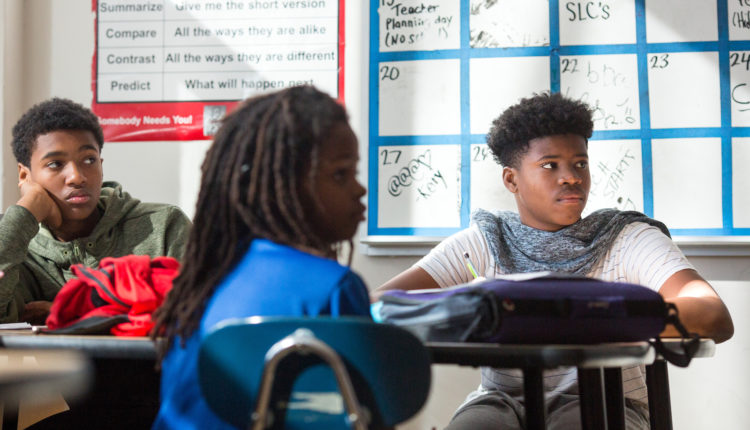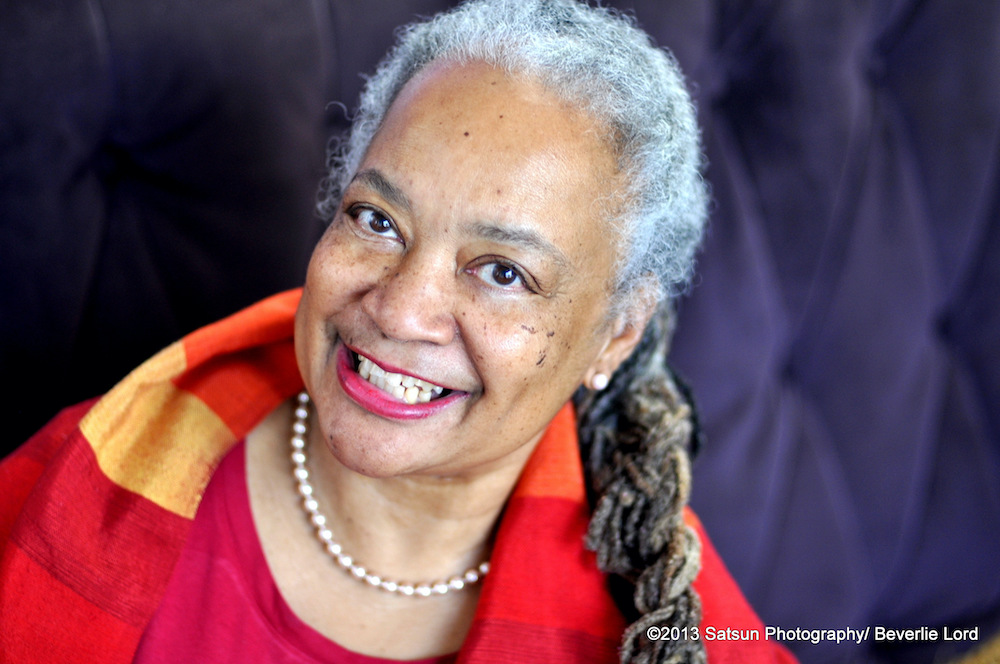
Linda Moore: Let’s show Black lives matter in education
Mayor Muriel Bowser’s designation of the street in the front of the White House as Black Lives Matter Plaza, accompanied by street art emblazoning the slogan on 16th Street NW, marked an eventful, tumultuous and contentious time in the District. The nation’s capital has been front and center of a dramatic period around the country — from repeated demonstrations in the District and nationwide to the memorial service for George Floyd at which his family’s lawyer memorably described how a “pandemic of racism” led to Mr. Floyd’s murder.

The causes of racial injustice are deep rooted in our society and require more than protest to redress, derived as they are from slavery, Jim Crow laws, and institutional and individual racism. Often overlooked and neglected, education is a necessary but insufficient tool for achieving justice.
After a quarter-century of education reform in the District — including a 1995 law authorizing public charter schools as well as mayoral control of the city-run school system since 2007 — educational outcomes for African American and Latinx students have improved. Over the past five years, the share of African American students meeting statewide standards in English language arts rose from 17% to 28%; among Latinx students, the proportion climbed from 22% to 37%. In math, the comparable increases were 15% to 21% and 20% to 31%, respectively. But a huge achievement gap persists given that equivalent figures for white students are 85% in English language arts and 79% in math.
The interventions required to address this gap are complex, costly and comprehensive — and all too easily disrupted. The latest such threat is the coronavirus crisis that has shuttered schools, disproportionately hurting children of color.
In the District, the three highest-fatality areas for COVID-19 are wards 5, 7 and 8, which also have the highest number of African Americans. Citywide, three-quarters of total fatalities are African American, despite a population share of just under half.
Students of color are more affected by COVID-19 than are their peers. Structural racism — which includes housing discrimination, poverty, food deserts and an unequal, discriminatory health care system — leads to health comorbidities that add complications to the coronavirus.
African American students also are twice as likely to have asthma and are 57% more likely to be obese. Comparable statistics apply to their families. Parents and guardians are more likely to do essential work that cannot be performed at home and to work in close proximity to others, but less likely to have sick leave. Latino and African American families also are more likely to live in multigenerational homes, making social distancing challenging.
Compounding these issues, educational inequalities mean that it may take at least two years to recover learning lost during the crisis. If schools remain in distance-learning mode, citywide proficiency could decline by more than 10% in math and by more than 16% in English language arts, according to a recent Empower K12 study. To place this in context, this would mean some 15,600 fewer students reading at grade level and 9,800 fewer performing at grade level in math.
With remote learning continuing into the new school year, we must do more to ensure that learning loss is recovered and students are protected from potential further educational disruption.
This pandemic requires schools, once they reopen for in-person learning, to absorb additional costs, such as cleaning services and personal protective equipment for staff and students. To avoid having students fall further behind, schools also need tech acquisition, support for distance learning, more staffing (including nurses and mental health professionals) and additional training for teachers.
Extra costs could run into the millions. For larger public charter school networks such as Friendship Public Charter School and KIPP DC, the estimated additional costs are $3.1 million and $4.7 million, respectively. This averages out to about $700 per student. For smaller schools such as Elsie Whitlow Stokes Public Charter School, which lacks the benefits of scale, the cost is estimated at more than $1,100 per student, according to participants in DC Education Leaders of Color, a local coalition of educators.
Accordingly, school leaders wish to ensure that DC officials don’t expect these additional financial costs to be met at the expense of precious resources devoted to students’ education. These costs should instead be reimbursed — ideally with federal dollars earmarked for pandemic relief.
Investing in our most vulnerable children is essential to the cause of justice so urgently raised in the District and elsewhere over the past few weeks. By doing so we can help our students secure a better tomorrow.
Linda Moore is founder of Elsie Whitlow Stokes Community Freedom Public Charter School.
About commentaries
The DC Line welcomes commentaries representing various viewpoints on local issues of concern, but the opinions expressed do not represent those of The DC Line. Submissions of up to 850 words may be sent to editor Chris Kain at chriskain@thedcline.org.


Thank you for this article – I appreciate how it explores educational needs in relation to structural racism as well as the pandemic.
Linda Moore, your dedication to equity and social justice for ALL students is undoubtedly proven by the manner in which students of Stokes are given opportunities to learn without boundaries. This article touches upon so much that we are responsible for as a community of parents, educators and leaders. Thank you for your diligent efforts .
I’ve always appreciated reading your thoughts on education, equity and the challenges of grinning a high perform school. Thank you Linda Moore for being a long time advocate for the children of Washington, DC, Keep it up !!